What is Inbound vs Outbound Marketing Difference?: Definition, strategies
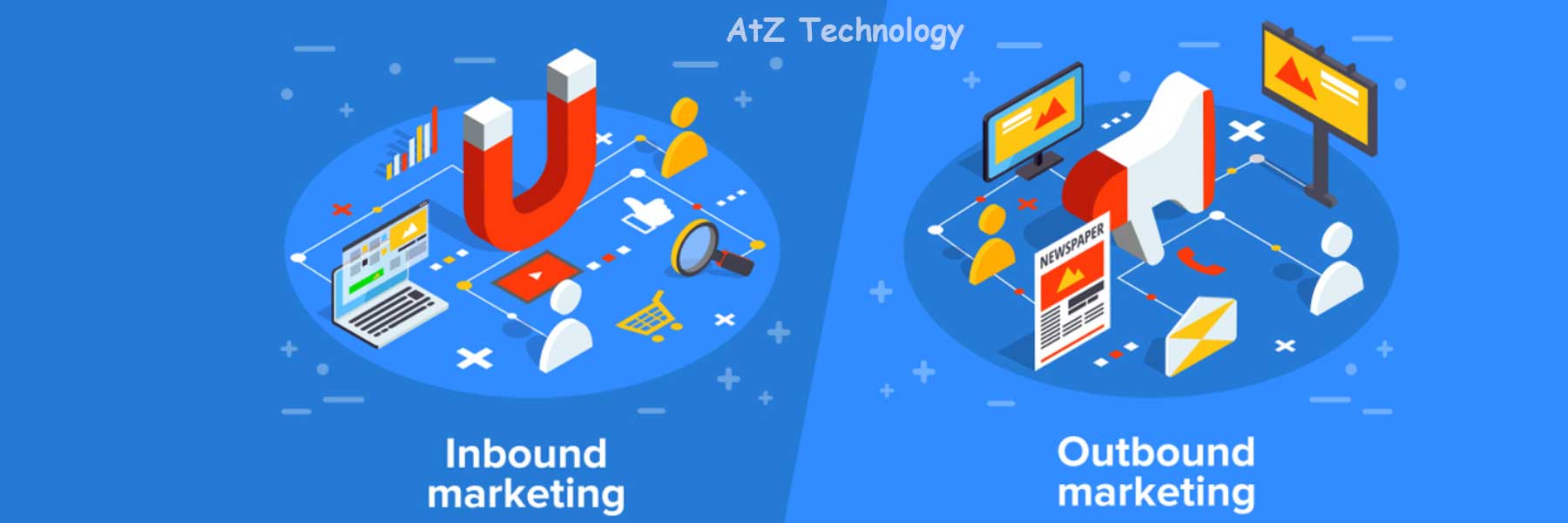
We often mixed up the inbound and outbound marketing process. So, to make it clear we will let you know what is inbound vs outbound marketing to step by step.
Before jumping into outbound marketing, first let me clarify what marketing really refers to. Generally, the term marketing implies the ideas or activities that we execute to promote and sell products or services to consumers.
For serving these purposes, we might do advertising or selling or delivering products to customers or other businesses.
Basically, whatever we do as a part of this marketing stuff, our primary motive is always gaining the attention of people and driving it towards the products or services that we are trying to sell to them, and to make it happen, we might choose either inbound marketing or outbound marketing.
What is Inbound and Outbound Marketing?
Inbound marketing is a strategy to observe their behaviour and drag them back to the targeted palace with a distinct tracnic ( Blogging, Ads, Leads generation, Email Marketing etc) so that the audience can sell more or convert to the profitable business. Inbound marketing also called pull marketing.
Outbound marketing is an traditional marketing to promote any business or product in offline or without using the internet. Outbound marketing also call push marketing. Thus, Outbound marketing sends the same message to every demographic commons.
And people themself have to go to the shop to buy the product which she/he has seen on Billboard, TV, or news paper. So, clearly, outbound marketing is going to interrupt people sometimes with unwanted content.
Outbound marketing, most of the time, is really hard to keep on track. But still, all types of organisations spend so much time and value for outbound marketing activities (almost 90% of all the marketing budgets).
In such a circumstance, market analysts nowadays highly suggest that the organisations who are looking to thrive their sales and return on marketing spend. Then, they should immediately re-allocate an increased percentage of their marketing-budget on inbound marketing techniques.
Examples of Outbound Marketing
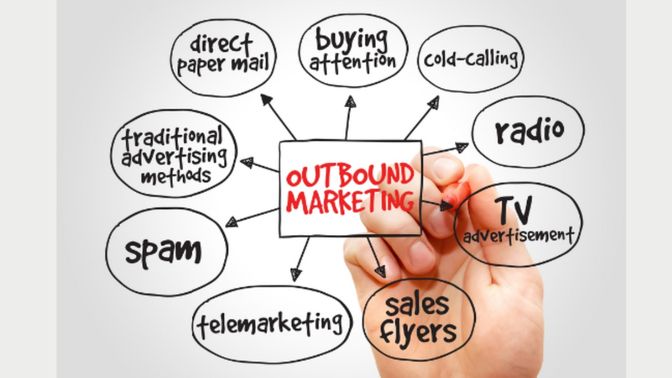
There are many forms of outbound marketing which mostly encompasses the traditional forms of marketing and advertising, such as, TV commercials, radio ads, print advertisements (newspaper ads, magazine ads, flyers, brochures, catalogs, etc.), trade shows, outbound sales calls or cold calls, email spam and so on.
Now we already get it very clear that outbound marketing is totally the opposite of inbound marketing, in which case customers themselves are going to find the product or service provider in the time of necessity.
What are some of the inbound marketing activities? Well, here we might consider content marketing, blogging, SEO, opt-in email marketing and some other things as well.
One thing to clarify here is that paid search activities are also put under the umbrella of inbound marketing, don’t confuse it with the outbound ones, since these ads only appear when people are searching for products or services provided by a particular business owner.
What Is Inbound vs Outbound Marketing?

Now that we know some basics about inbound and outbound marketing, it’s time for us to have some ideas about the differences between them as well. So, let’s start:
1. Audience Engagement: Interruption Based vs. Permission based Marketing
By the term interruption-based marketing, we are actually referring to outbound marketing. What the business owners or marketers do in such situations is basically like they find a medium with a large following and periodically interrupt them with disassociated ads.
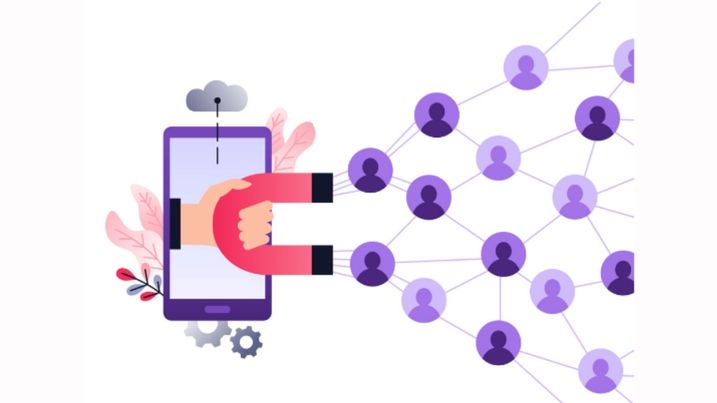
While doing these, they hope that by materialising some careful planning and a study of the demographics, they will be able to capture at least a small percentage of the audience who might listen to their advertisements and then eventually convert into customers.
In case you can actually find a large enough following or an above-average association, the small percentage of the conversion of those people to customers will be worth the investment that’s been made for the marketing advertisements or interruptions. By the way, do remember that these opportunities are in fact more like a needle in a haystack.
Now, about inbound marketing, it’s permission-based marketing. Here we need to keep in mind two basic criteria, at first, a business owner can make communication via mediums with his/her audience, where, the audience gave their permission to the business owner to make such type of communication.
And then, business website owners might consider answering all the common questions relevant audiences have regarding a particular business and then proliferate those answers around the web in anticipation of those questions.
Both in these cases, the business owners have permission from the audience. In the first criterion, it’s true that the size of the audience is not that much of a big but also they already have shown their interest to hear from you so ultimately, the rate of theirs to convert is 750% higher than interruption-based or outbound marketing.
In the second criterion, the situation is positive here as well since the size of the audience is already big and they are looking for those very answers that you are proliferating throughout the internet, so the conversion rate of normal viewers to customers is high.
2. Brand Positioning: Being a Footnote vs. Being the Main Story
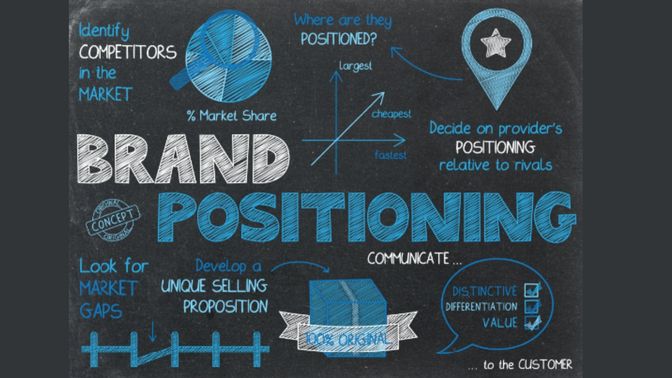
While we are doing outbound marketing, there is no denying the fact that we are always being a footnote in the scenario, we are forced to stick out because if we don’t, we are not going to be seen at all.
It actually makes our relationship with customers not on the basis of any value but totally based on the power or ability of attention-grabbing.
But the case is totally different in inbound marketing. Here, instead of being the footnote, we are the main story or like the keynote speaker. Here, we put our best effort, so that we can create the greatest content to share with our audience. I
t’s also about telling stories, and when we tell these stories or speak to them, their preference is always maintained, keeping in mind that where they want to be spoken to or how they want to be spoken to. In a very transparent way, we try to delight them, educate them, and engage with them.
3. Marketing Strategies: Linear vs. Holistic
Outbound marketing strategies are actually very linear type because what we only have to do here is mostly like to choose marketing avenues such as radio, TV, direct mail, trade show, billboard, sponsorship, etc.

And then assess that which of these mediums are perfect to most accurately address our target market and thus the task is done almost.
We start to attribute a higher amount of the budgets to the more effective mediums and cut off the least effective ones. Finally, after creating a unified message across all the mediums, our job is done for the period.
We might need to come back to re-do the same sort of work-cycle later but there is almost no complexity in these activities to execute, to be honest.
However, the inbound marketing strategies are not going to let us go with such simplicity. These are really holistic and require far more complex approaches than outbound marketing, for instance, here, we need to ensure simultaneous use of all digital channels, continuous work to strengthen our website, development of effective content, implementation of measurement tools, and so on.
One thing that needs to be mentioned here is that nowadays some digital marketers don’t really want to follow such complicated strategies for their website or business and ultimately suffer a lot.
To successfully carry out the website that represents our business in the virtual world, it needs a strong foundation. It should be able to carry out strong messaging and a content marketing strategy.
It should work like a hub for distributions, provide blogs and maintain a responsive design. Also, don’t forget to apply an easy-to-use content management system (CMS) for it.
4. Messaging: Complicated vs. Educational
The message that is delivered through outbound marketing is inherently very much confusing and complicated, and there are reasons behind it.

Whether the advertising that we are doing is on a newspaper or a radio for a few seconds, the main goal is always to stand out, and while all the focus is on that, we forget or simply don’t get the chance to tailor it for the audience in a beautiful way. In order to bust the clutter, we have no other option but to compromise the relationship with the customers.
Just imagine that an advertisement for your product is going to be published in a newspaper, first of all, you, in most cases will have no idea where that ad is going to appear.
Even if you have the chance to know it, and try to fit the message for the audience, it mostly will not, because, while you are doing it, you are trying to message everyone aging zero to one hundred. No wonder these outbound marketing messages are going to be one big hoax.
With outbound marketing, instead of being such a mess like the one previously, the message here is specific and useful.
The message is not at all forced upon you ever, on the contrary, it’s served to you at your convenience and with your permission as well and you can read whenever it feels perfect for you. Moreover, the designing of the message includes quality, educational content, and meaning-answering a consumer’s questions and filling in the blanks.
5. Distribution: Renting vs. Owning
With outbound marketing, we are always renting our business. It’s known to almost all the advertisers that we’re only as good as our last campaign or lats media buy.
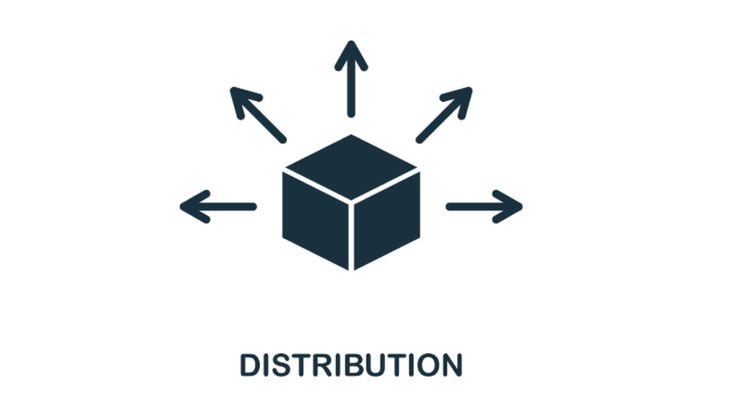
Only if it works and gets a bump, it’s on to the next campaign. Also, in case it falls, then jobs and budgets are going to on line.
Just consider an example of outbound marketing here, like direct mail or tradeshow. In the case of direct mail, the leads come in for a few weeks when the mail is hitting households as soon as those leads are processed and the mail is distributed, now we need to start over.
We need a new message and a new distribution plan. Also in the case of a tradeshow, we know that in every year, there is always going to be only one of a good trade show that actually matters, others will not really contribute or worth the investment.
Now with inbound marketing, we own our distribution here and it depreciates more like an asset. We ourselves are building our mail-list that is subscription-based, are earning a top ranking on product-related keywords, and building a following on social media.
And finally, combining all these, we are creating assets for us. Of course, there’s a cost of acquisition for creating the content, but the fact is it is iterative and will be working even long after we stop the acquisition or creation phase.
Types of Outbound Marketing
Outbound marketing is not data driven marketing. Company don’t target particular audiences to sell or promote the product. For Outbound marketing Business owner or companies choose following those types of outbound marketing to drab most amount of people. So, Here is the Types of outbound marketing.
- TV advertising
- Bulk Massages
- Billboard Ads
- Radio Ads / Audio Ads
- Telemarketing/cold-calling
- Newspaper advertising
- Press releases
- Trade shows
- Direct Mail
- And many More….
Moving from Outbound to Inbound Marketing
So now it’s almost crystal clear that those of us who are still doing outbound instead of inbound marketing, we need to make a shift.

For now, initiation campaigns or SEO efforts might seem difficult or time-consuming for you but don’t give up. Go through the following steps, the process might not seem too much of a hassle than.
1. Start with Keyword Research
Try to find out a free keyword tool to build a list of keywords relevant to your business, there are lots of free tools out there, check out those and see which one seems perfect for you. By doing so, you can start targeting them in your search campaigns.
2. Create Campaigns on Google AdWords
Start with a PPC campaign on Google, which is considered to be the web’s most commonly used search engine, to begin experimenting with keywords and also driving new traffic to the website.
3. Optimize Google AdWords Campaigns
You have got to sort out your keyword groups by relevance for the best quality score. There are keyword grouping tools that will help to evaluate each keyword and visits generated to provide the most efficient and relevant keyword grouping.
4. Continue Keyword Research
There is no alternative to setting up a system to record search queries that bring people to our sites, and we need to do this because it will enable us to have a better understanding of what people are looking for and how we can help. We continuously have to keep building keyword lists with relevant, specific keywords for our long tail outreach.
5. Generate Relevant Contents
Now it’s time for us to use the keyword data that we have collected. Based on those, now we need to start creating interesting and compelling content about the subjects or topics on our websites as a part of search engine optimization, once we are done with understanding the market behaviour.
Conclusion
The vary Question ” What is Inbound vs Outbound Marketing” answer you have understand. Outbound marketing has always been the traditional way of marketing our products.
Previously it didn’t matter that much how ineffective and inefficient it could be compared to inbound marketing activities, but, right now, we are living in the 21st century and overlooking the fact that the traditional ways cannot be followed anymore will only result in failure to the way to success.
So even if it’s not possible to totally stop all kinds of outbound marketing at a time, start with little. But at least take the first step to prioritise inbound marketing a bit rather than outbound marketing and keep going on in this way, so that your business can have a bright future.
